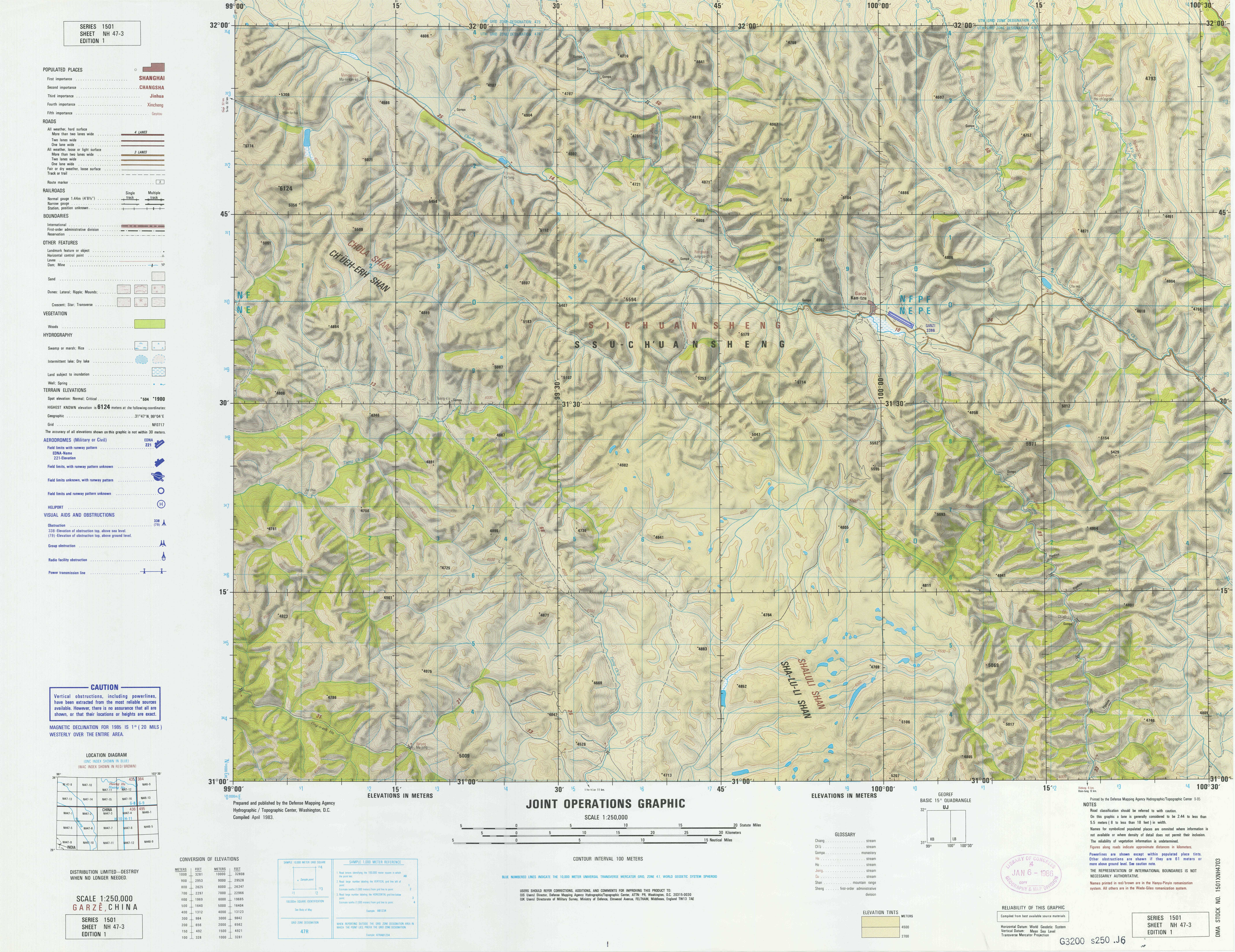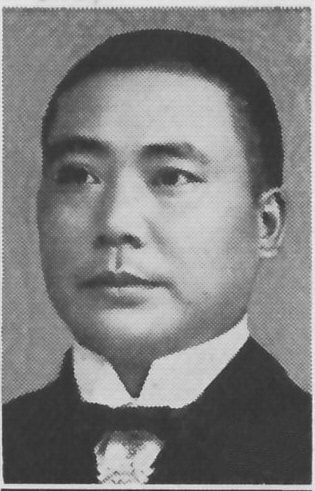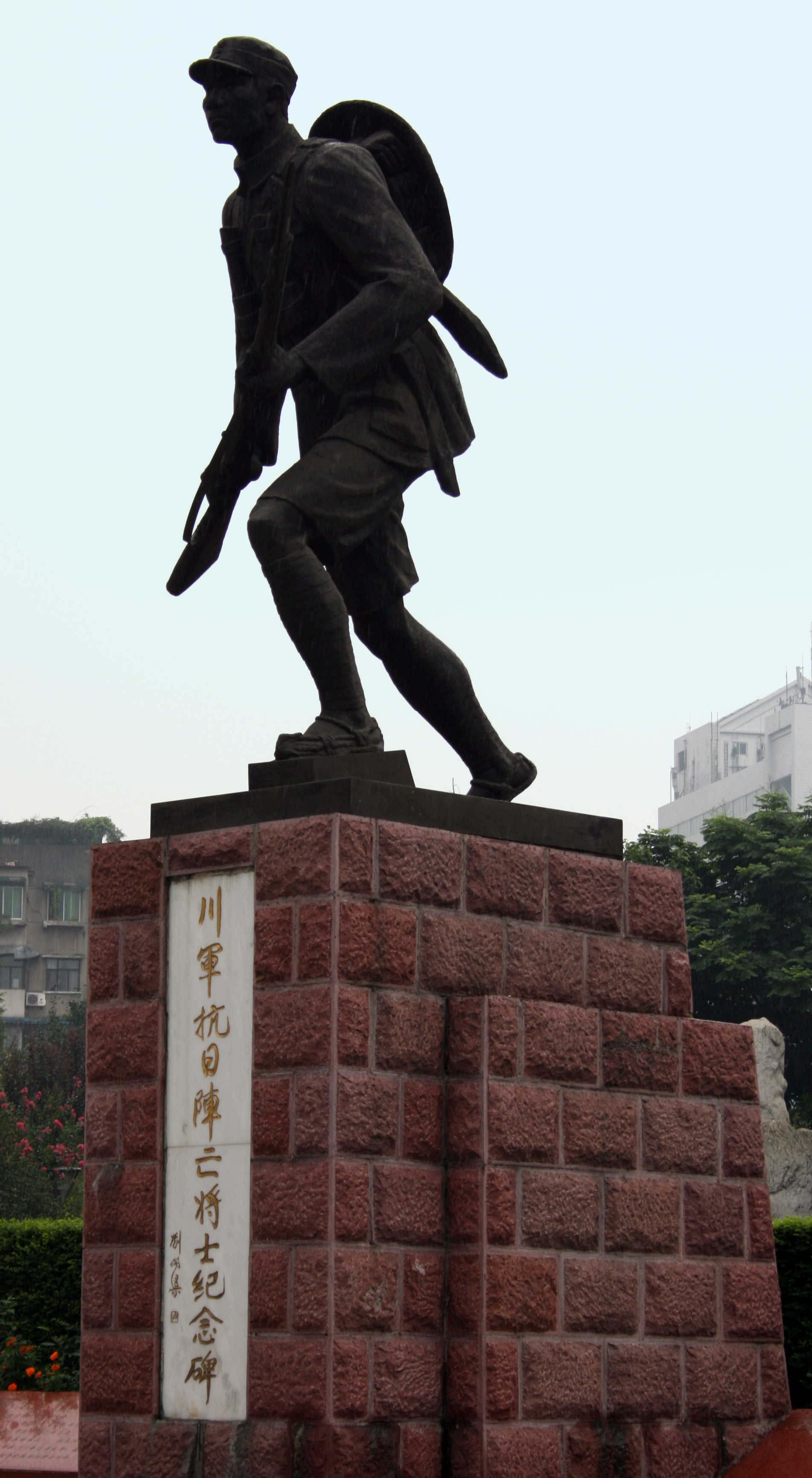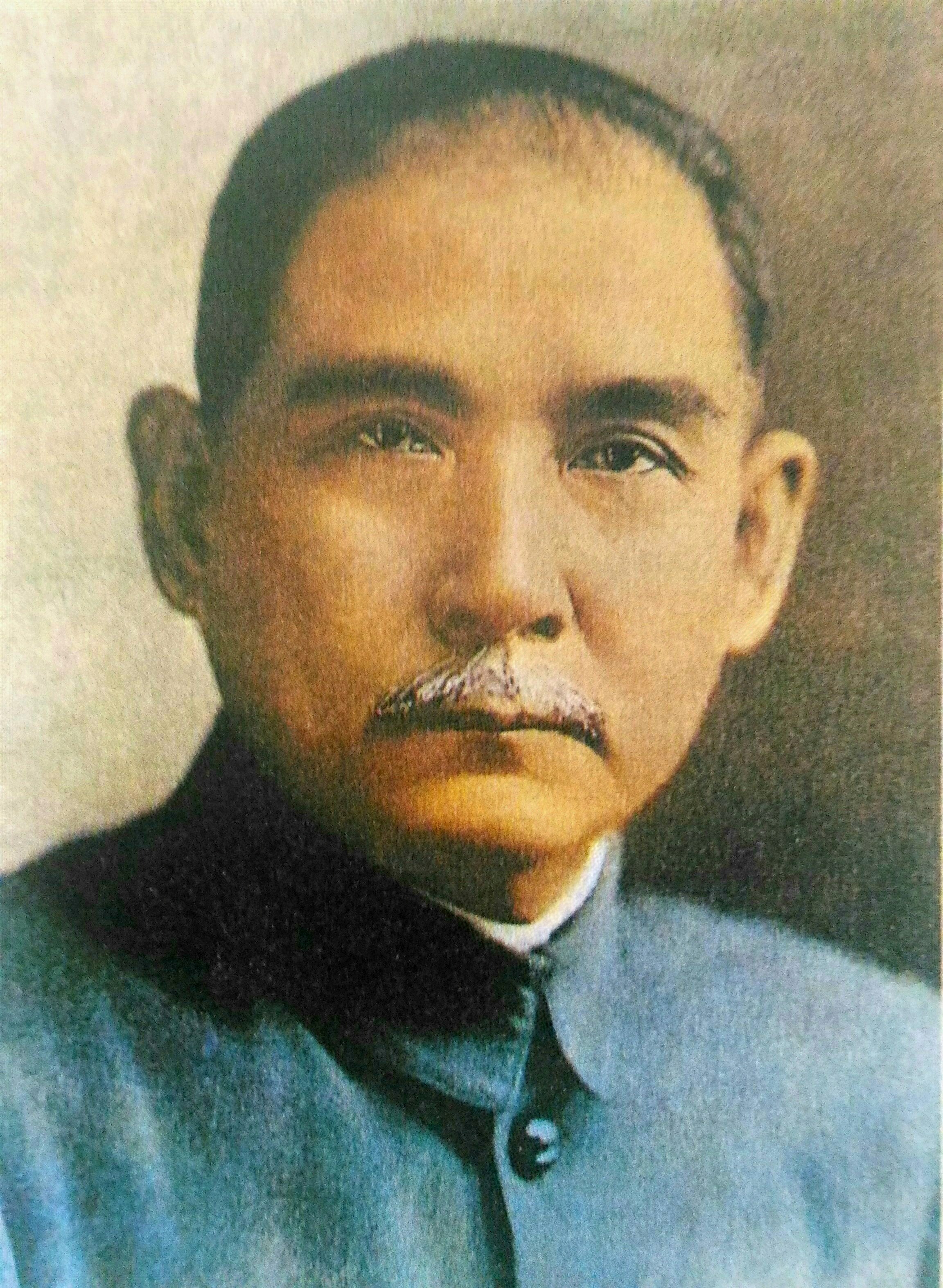|
Liu Wenhui
Liu Wenhui (; 1895 – 24 June 1976) was a Chinese general and warlord of Sichuan province (Sichuan clique). At the beginning of his career, he was aligned with the Kuomintang (KMT), commanding the Sichuan-Xikang Defence Force from 1927 to 1929. The western part of Sichuan province was then known as Xikang. Bordering Tibet, the region had a mixed population of Tibetans and Han Chinese. In 1949 he defected to the Communist forces of Mao Zedong, and went on to hold high office in the new People's Republic of China, serving as Minister of Forestry (1959–1967), member of the National People's Congress, member of the National Committee of the Chinese People's Political Consultative Conference, and member of the Central Committee of the Revolutionary Committee of the Chinese Kuomintang. Military career and Republic of China Liu Wenhui was born in 1895 in Dayi County, Sichuan, and studied at the Baoding Military Academy, graduating in 1916.Wang Chengbin (editor-in-chief) "Republic of ... [...More Info...] [...Related Items...] OR: [Wikipedia] [Google] [Baidu] |
Dayi County
Dayi County () is a county of Sichuan Province, China, it is under the administration of the prefecture-level city of Chengdu, the provincial capital. It is Chengdu City's westernmost division, bordering the prefecture-level divisions of Ya'an to the south and the Ngawa Tibetan and Qiang Autonomous Prefecture Ngawa Tibetan and Qiang Autonomous Prefecture, also known as Aba (; Qiang: ; ), is an autonomous prefecture of northwestern Sichuan, bordering Gansu to the north and northeast and Qinghai to the northwest. Its seat is in Barkam, and it has an ar ... to the north. The Jianchuan Museum Cluster is located in the town of Anren, Dayi County, about one hour's drive from the provincial capital Chengdu. It consists of 15 museums which showcase China's largest private collection of artifacts amassed during the last 60–70 years. Climate References External links Geography of Chengdu County-level divisions of Sichuan {{Sichuan-geo-stub ... [...More Info...] [...Related Items...] OR: [Wikipedia] [Google] [Baidu] |
Chinese Communist Party
The Chinese Communist Party (CCP), officially the Communist Party of China (CPC), is the founding and One-party state, sole ruling party of the China, People's Republic of China (PRC). Under the leadership of Mao Zedong, the CCP emerged victorious in the Chinese Civil War against the Kuomintang, and, in 1949, Mao Proclamation of the People's Republic of China, proclaimed the establishment of the People's Republic of China. Since then, the CCP has governed China with List of political parties in China, eight smaller parties within its United Front (China), United Front and has sole control over the People's Liberation Army (PLA). Each successive leader of the CCP has added their own theories to the Constitution of the Chinese Communist Party, party's constitution, which outlines the ideological beliefs of the party, collectively referred to as socialism with Chinese characteristics. As of 2022, the CCP has more than 96 million members, making it the List of largest political parties ... [...More Info...] [...Related Items...] OR: [Wikipedia] [Google] [Baidu] |
Garzê County
Garzê County or Ganzi County (; ) is one of the 18 subdivisions of the Garzê Tibetan Autonomous Prefecture, in northwestern Sichuan province, China. The Yalong River passes just south of the town Garzê, also known as Ganzi, the capital town of the county, which has some 16,920 inhabitants (2010), many of them ethnic Tibetans, and is famous for its Tibetan lamasery. Historically, it is part of the Tibetan cultural region of Kham and now defunct province of Xikang (or Sikang). It lies on the northern section of the Sichuan-Tibet Highway. Geography and climate Due to its elevation, Garzê County has a monsoon-influenced humid continental climate (Köppen ''Dwb'') and subarctic climate, with cold but very dry winters, and warm summers with frequent rain. The monthly 24-hour average temperature ranges from in January to in July, while the annual mean is . Over two-thirds of the annual precipitation of occurs from June thru September. With monthly percent possible sunshine ranging ... [...More Info...] [...Related Items...] OR: [Wikipedia] [Google] [Baidu] |
Tibet (1912–1951)
Tibet was a ''de facto'' independent state between the collapse of the Manchu-led Qing dynasty in 1912 and its annexation by the People's Republic of China in 1951. ; The Tibetan Ganden Phodrang regime was a protectorate of the Qing dynasty until 1912. When the provisional government of the Republic of China was formed, it received an imperial edict giving it control over all the territories of the Qing dynasty. However, it was unable to assert any authority in Tibet. The Dalai Lama declared that Tibet's relationship with China ended with the fall of the Qing dynasty and proclaimed independence. Tibet and Outer Mongolia also signed a treaty proclaiming mutual recognition of their independence from China. With its proclamation of independence and conduct of its own internal and external affairs in this period, Tibet is regarded as a "''de facto'' independent state" as per international law, although its independence was not formally recognized by any foreign power. After the ... [...More Info...] [...Related Items...] OR: [Wikipedia] [Google] [Baidu] |
Tian Songyao
Tian Songyao, also Romanized as Tin Chung-yao (田颂尧 (1888–1975), was a warlord of the Sichuan clique, Kuomintang general, later official of People's Republic of China. Tian Songyao was born on 1888 in Jianyang, Sichuan. Tian joined the Sichuan Army and rose to command a Cavalry Regiment, of the 2nd Division, of its 1st Army. He also was the garrison commander of Chengdu from 1916 to 1918. In 1918, Tian was promoted to command the Beijing Government's 41st Brigade of the 21st Division. Later the same year Tian became the 21st Division commander, a post which he held until 1925. In 1925, Tian became Deputy Head of Sichuan Province Military Affairs, and in 1926 the General commanding the North-western Sichuan Garrison and was given command of the 29th Army. From 1927 to 1928 he was a member of the National Military Council. From 1928 to 1933 he was the head of the Civil Administration Department and a committee Member of the Sichuan Provincial Government. In 1933, he r ... [...More Info...] [...Related Items...] OR: [Wikipedia] [Google] [Baidu] |
Deng Xihou
Deng Xihou (; 24 May 1889 – 30 March 1964) was a Chinese general and prominent warlord of Sichuan. He joined the Qing Imperial Army, and then went on to serve under the Beiyang Government and the Nationalist Government before finally defecting to the Communists of Mao Zedong and holding political office in the People's Republic of China. Biography Deng was born in 1889 in Yingshan, Sichuan. In 1906 he was admitted to the Sichuan Military School of the Qing Imperial Army, graduating in 1909. He then entered the Nanjing Army School for advanced study, but after the Xinhai Revolution, he discontinued his studies and returned to Sichuan. After the Beiyang Government of the Republic of China was established, Deng joined the Sichuan 4th Division of warlord Liu Cunhou. He successively held the posts of adjutant, company commander, and battalion commander. In 1917 he became commander of the 5th Brigade and in February 1918 commander of the Sichuan Independent Brigade. From 1920 to 192 ... [...More Info...] [...Related Items...] OR: [Wikipedia] [Google] [Baidu] |
Yang Sen (1884–1977)
Yang Sen (; 20 February 1884 – 15 May 1977) was a warlord and general of the Sichuan clique who had a long military career in China. Although he was a provincial warlord, he loyally served Chiang Kai-shek and his Kuomintang (KMT) government, especially during the Second Sino-Japanese War. He also served as governor of Sichuan and Guizhou provinces. After the Communists defeated the KMT in the Chinese Civil War, he retreated with the KMT government to Taiwan. He was also known as a Taoist master and had numerous wives, concubines and children. He published a book about the supercentenarian Li Ching-yuen, who supposedly lived 197 or 256 years. Biography * 1924–24 Governor of Sichuan Province * 1924–25—Military-Governor of Sichuan Province * 1926 - Wanhsien Incident, combat with British patrol vessels on the river Yangtse * 1933–38—General Officer Commanding XX Corps * 1938–44—Commander in Chief 27th Army Group * 1939–40—Deputy Commander in Chief 6th War Area ... [...More Info...] [...Related Items...] OR: [Wikipedia] [Google] [Baidu] |
Chiang Kai-shek
Chiang Kai-shek (31 October 1887 – 5 April 1975), also known as Chiang Chung-cheng and Jiang Jieshi, was a Chinese Nationalist politician, revolutionary, and military leader who served as the leader of the Republic of China (ROC) from 1928 to his death in 1975 – until 1949 in mainland China and from then on in Taiwan. After his rule was confined to Taiwan following his defeat by Mao Zedong in the Chinese Civil War, he continued to head the ROC government until his death. Born in Chekiang (Zhejiang) Province, Chiang was a member of the Kuomintang (KMT), and a lieutenant of Sun Yat-sen in the revolution to overthrow the Beiyang government and reunify China. With help from the Soviets and the Chinese Communist Party (CCP), Chiang organized the military for Sun's Canton Nationalist Government and headed the Whampoa Military Academy. Commander-in-chief of the National Revolutionary Army (from which he came to be known as a Generalissimo), he led the Northern Expedition from ... [...More Info...] [...Related Items...] OR: [Wikipedia] [Google] [Baidu] |
National Revolutionary Army
The National Revolutionary Army (NRA; ), sometimes shortened to Revolutionary Army () before 1928, and as National Army () after 1928, was the military arm of the Kuomintang (KMT, or the Chinese Nationalist Party) from 1925 until 1947 in China. It also became the regular army of the Republican era during the KMT's period of party rule beginning in 1928. It was renamed the Republic of China Armed Forces after the 1947 Constitution, which instituted civilian control of the military. Originally organized with Soviet aid as a means for the KMT to unify China during the Warlord Era, the National Revolutionary Army fought major engagements in the Northern Expedition against the Chinese Beiyang Army warlords, in the Second Sino-Japanese War (1937–1945) against the Imperial Japanese Army and in the Chinese Civil War against the People's Liberation Army. During the Second Sino-Japanese War, the armed forces of the Chinese Communist Party were nominally incorporated into the Nation ... [...More Info...] [...Related Items...] OR: [Wikipedia] [Google] [Baidu] |
Sichuan Army
The Sichuan clique was a group of warlords in the warlord era in China. During the period from 1927 to 1938, Sichuan was in the hands of five warlords: Liu Xiang, Yang Sen, Liu Wenhui, Deng Xihou, He Zhaode, and Tian Songyao, with minor forces being Xiong Kewu and Lü Chao. Introduction After Qing dynasty's collapse, not one warlord had enough power to take on all the others at once, so many small battles occurred, pitting one warlord against another. The Sichuan Clique was divided into smaller warlord groups, or Defense Zones, separated from each other with distinct military, political, and economic boundaries. Large conflicts seldom developed, plotting and skirmishing characterized the Sichuanese political scene, and ephemeral coalitions and counter-coalitions emerged and vanished with equal rapidity. However, Liu Xiang was the most influential of the Sichuan warlords. He controlled Chongqing and its surrounding areas. This region, sitting on the banks of the Yangtz ... [...More Info...] [...Related Items...] OR: [Wikipedia] [Google] [Baidu] |
Revolutionary Committee Of The Chinese Kuomintang
The Revolutionary Committee of the Chinese Kuomintang (RCCK), also commonly known, especially when referenced historically, as the Left Kuomintang or Left Guomindang, is one of the eight legally recognised minor political parties in the People's Republic of China that follow the direction of the Chinese Communist Party (CCP). It was founded in January 1948, during the height of the Chinese Civil War, by members of the left wing of the Kuomintang (KMT), especially those who were against Chiang Kai-shek's policies. The first Chairman of the party was General Li Jishen, a senior Nationalist military commander who had many disputes with Chiang over the years, while Soong Ching-ling (the widow of Sun Yat-sen) was named Honorary Chairwoman. Other early leading members were Wang Kunlun, Cheng Qian, He Xiangning and Tao Zhiyue. The party claims to be the true heir of Sun Yat-sen's legacy and his Three Principles of the People. By the end of 2017, it had 131,410 members. Soong Ching- ... [...More Info...] [...Related Items...] OR: [Wikipedia] [Google] [Baidu] |
National Committee Of The Chinese People's Political Consultative Conference
The Chinese People's Political Consultative Conference (CPPCC, zh, 中国人民政治协商会议), also known as the People's PCC (, ) or simply the PCC (), is a political advisory body in the People's Republic of China and a central part of the Chinese Communist Party (CCP)'s United Front system. Its members advise and put proposals for political and social issues to government bodies. However, the CPPCC is a body without real legislative power. While consultation does take place, it is supervised and directed by the CCP. The body traditionally consists of delegates from the CCP and its front organizations, eight legally-permitted political parties subservient to the CCP, as well as nominally independent members. The CPPCC is chaired by a member of the Politburo Standing Committee of the Chinese Communist Party. In keeping with the United Front strategy, prominent non-CCP members have been included among the Vice Chairs, examples being Chen Shutong, Li Jishen and Soong Chin ... [...More Info...] [...Related Items...] OR: [Wikipedia] [Google] [Baidu] |








